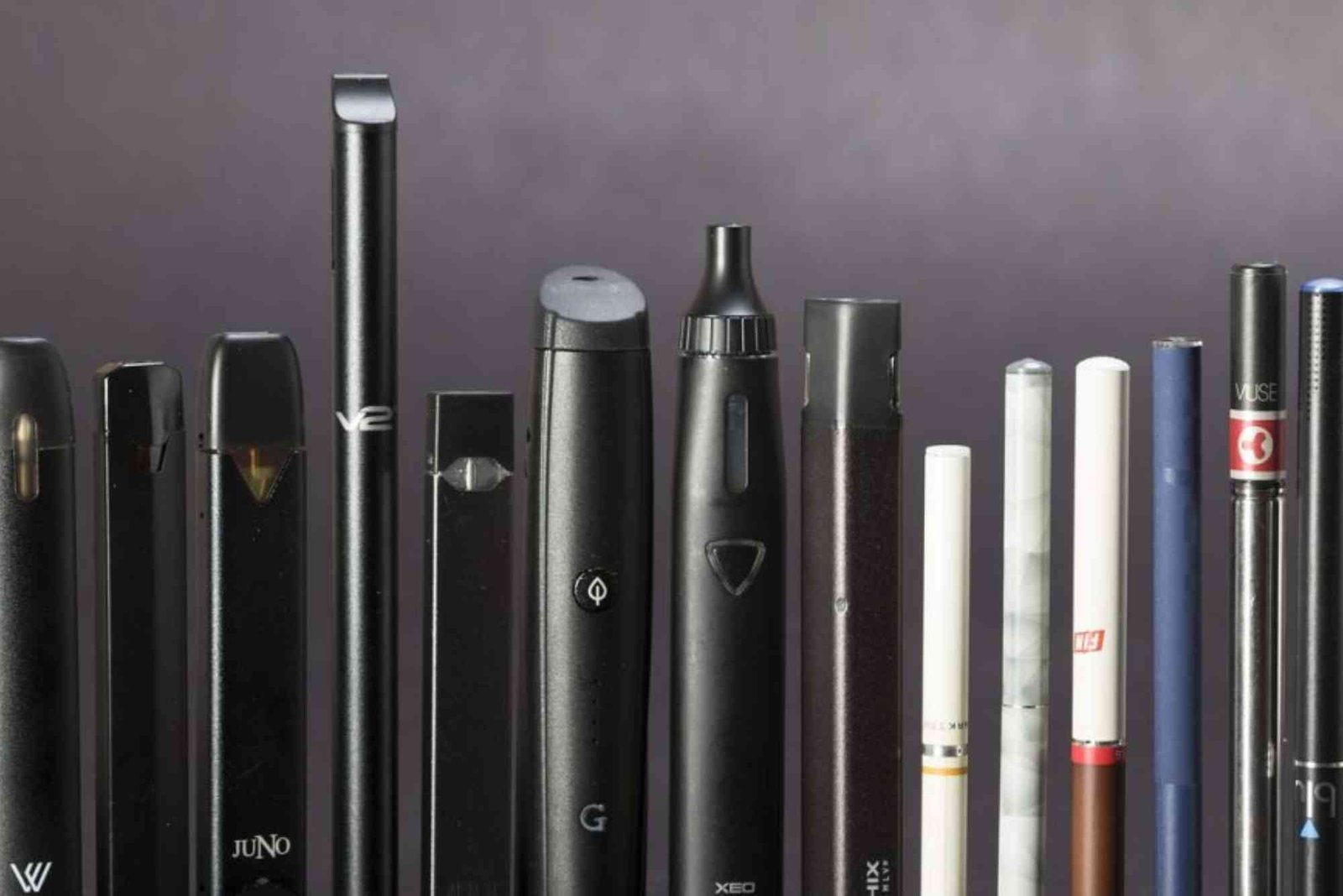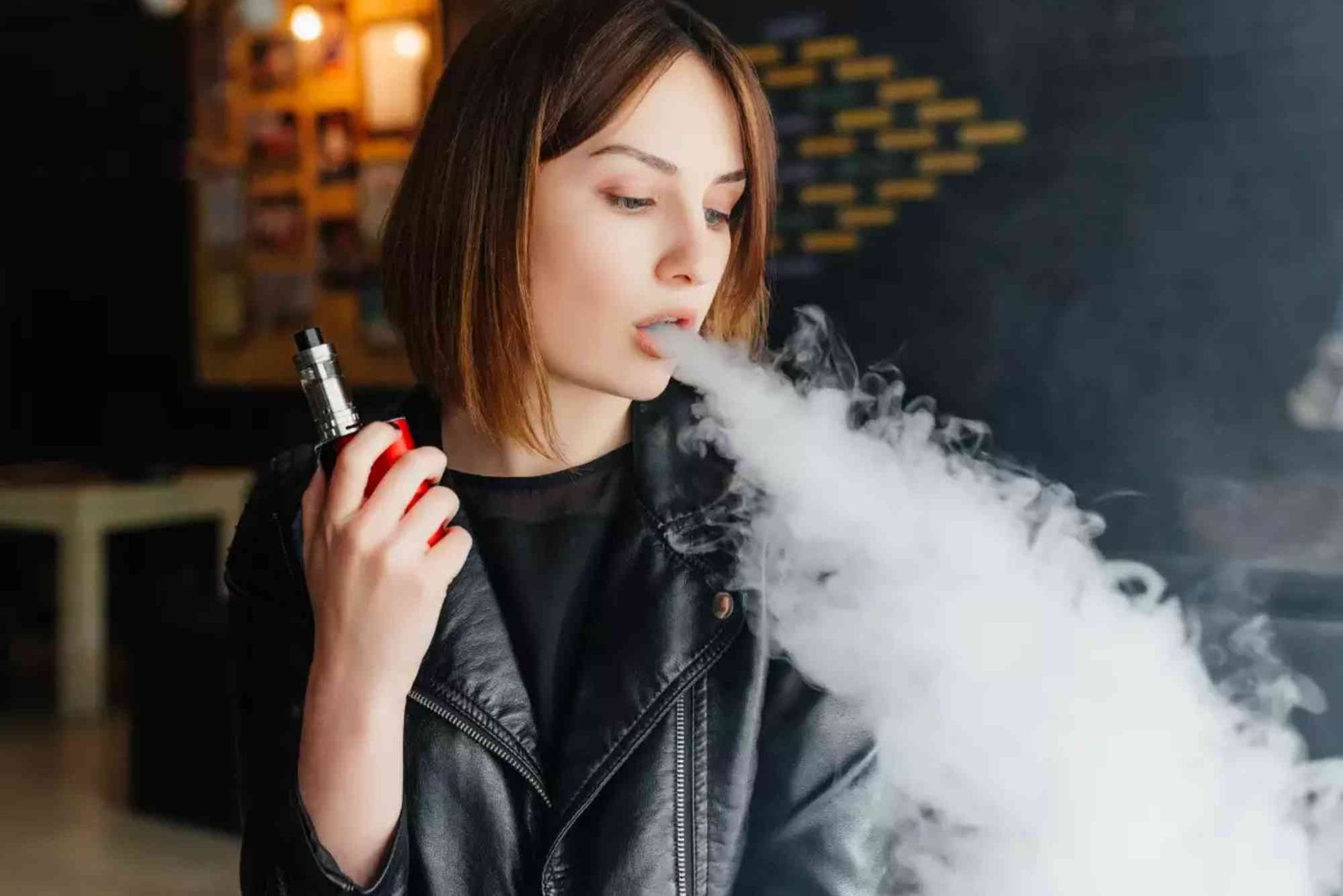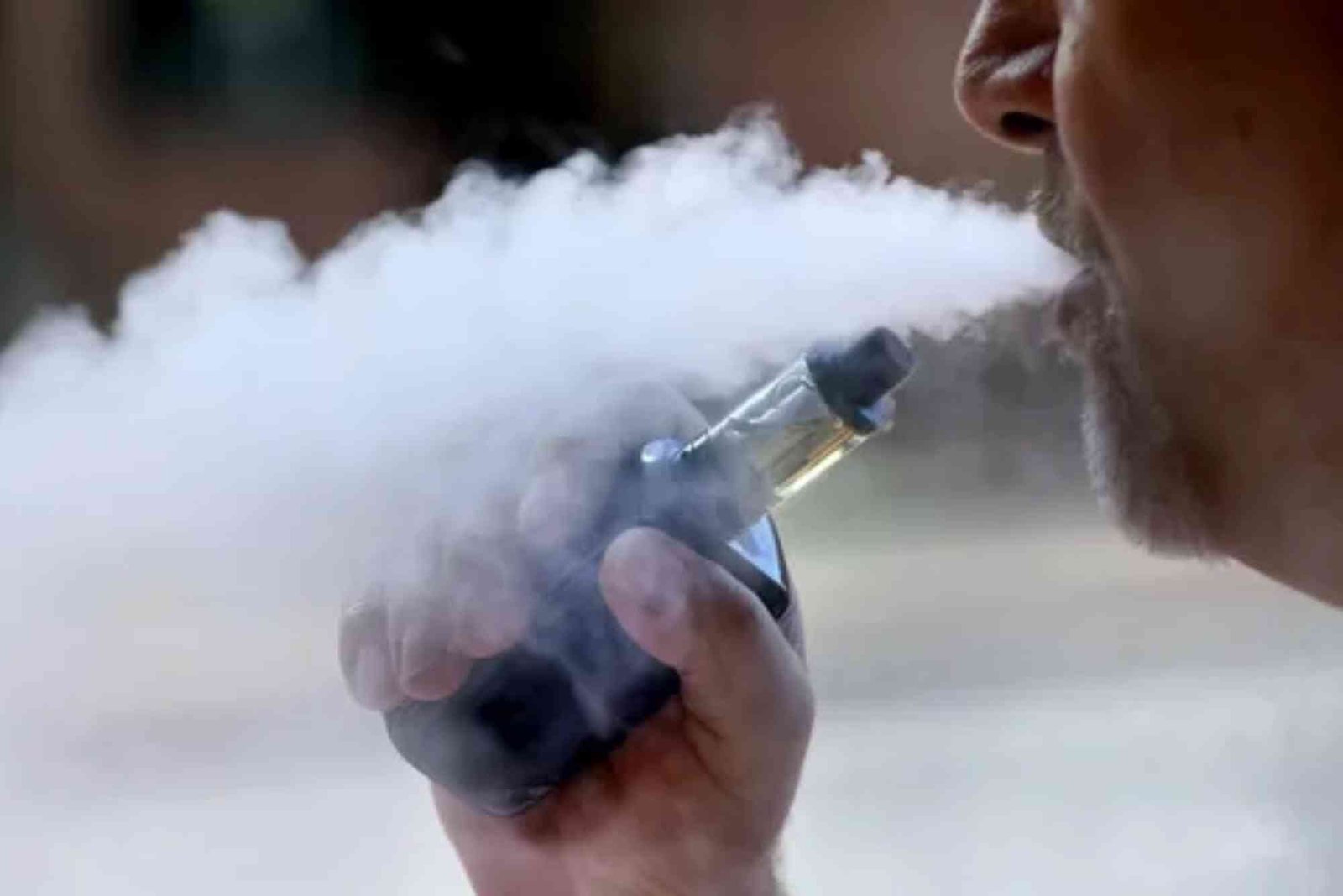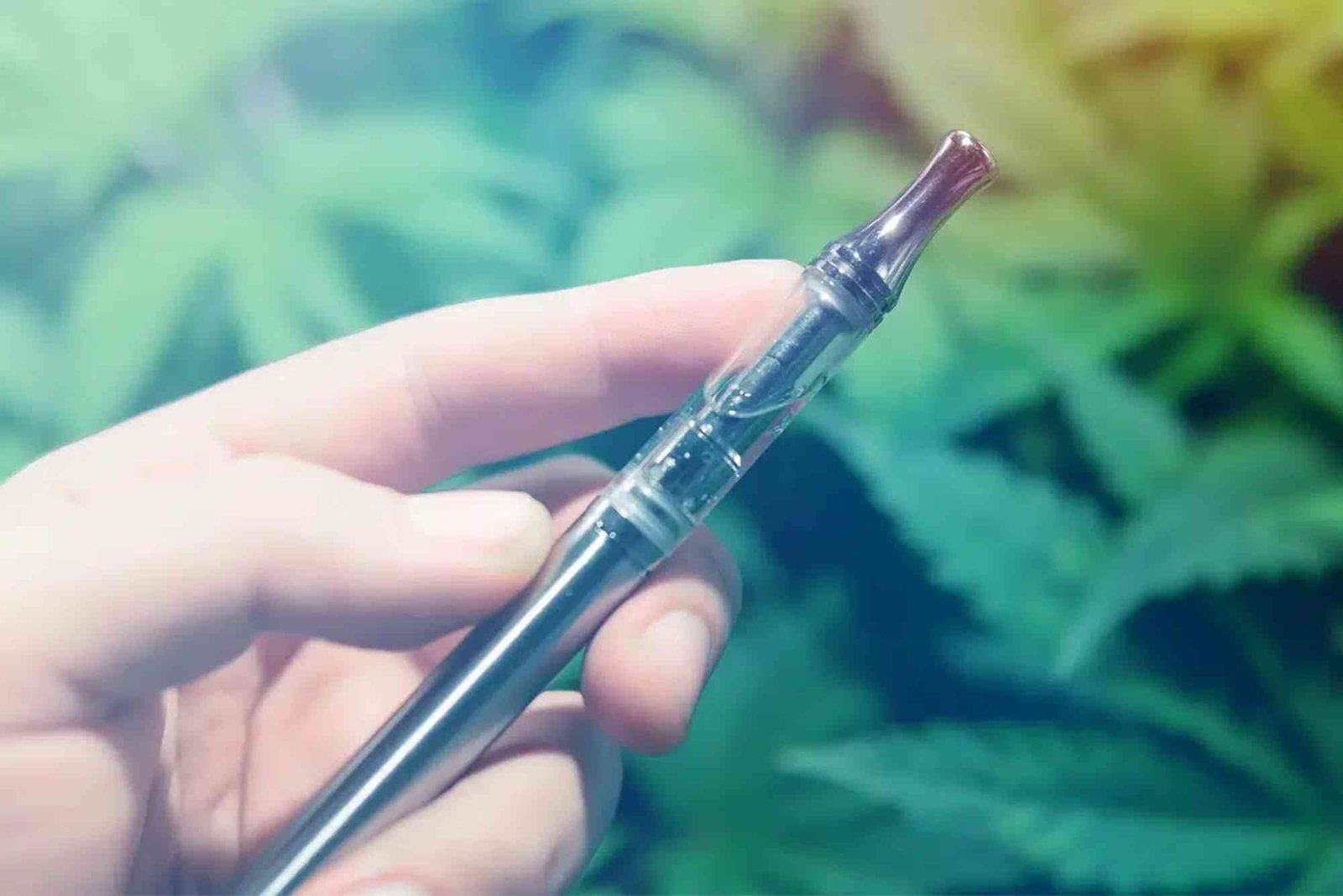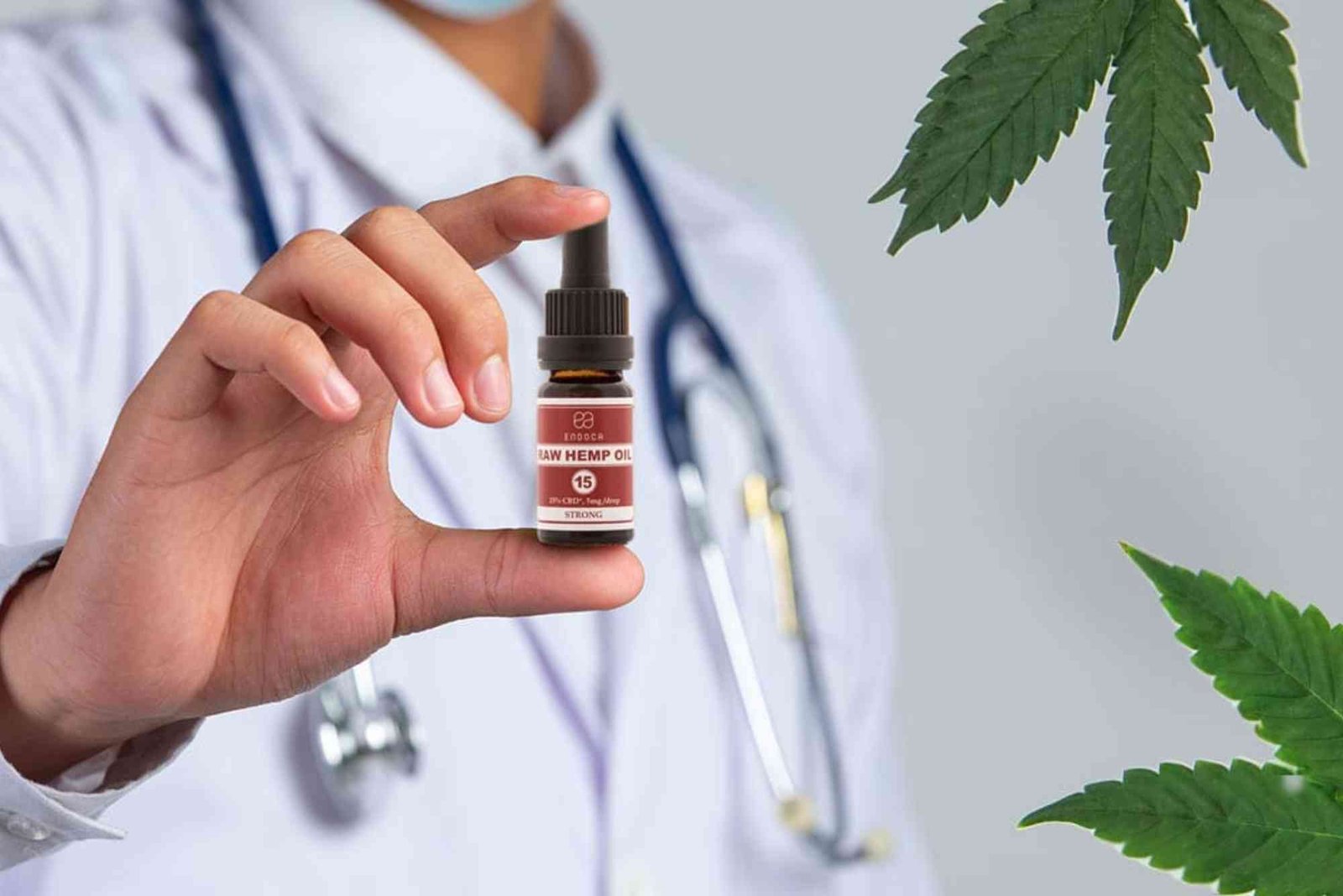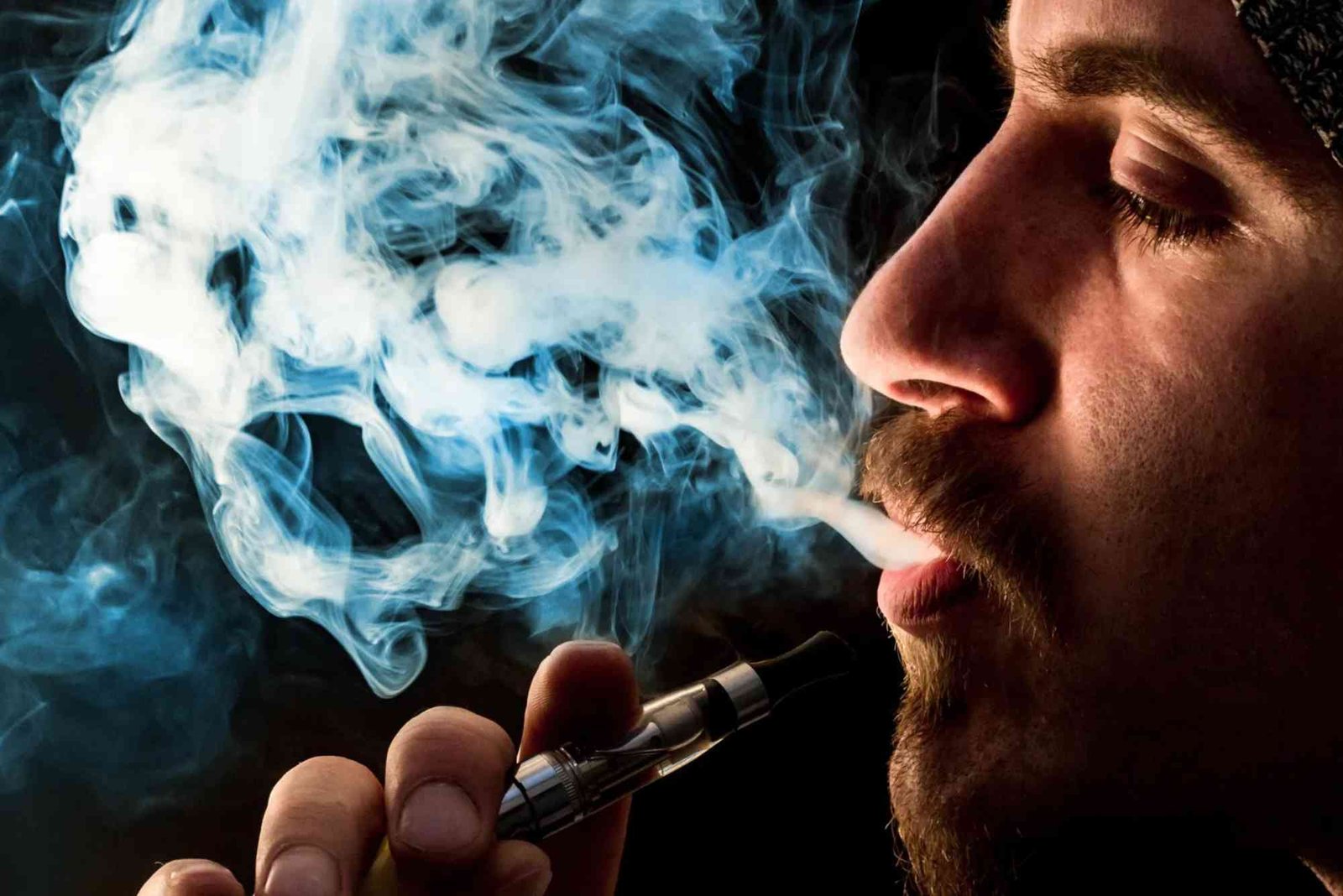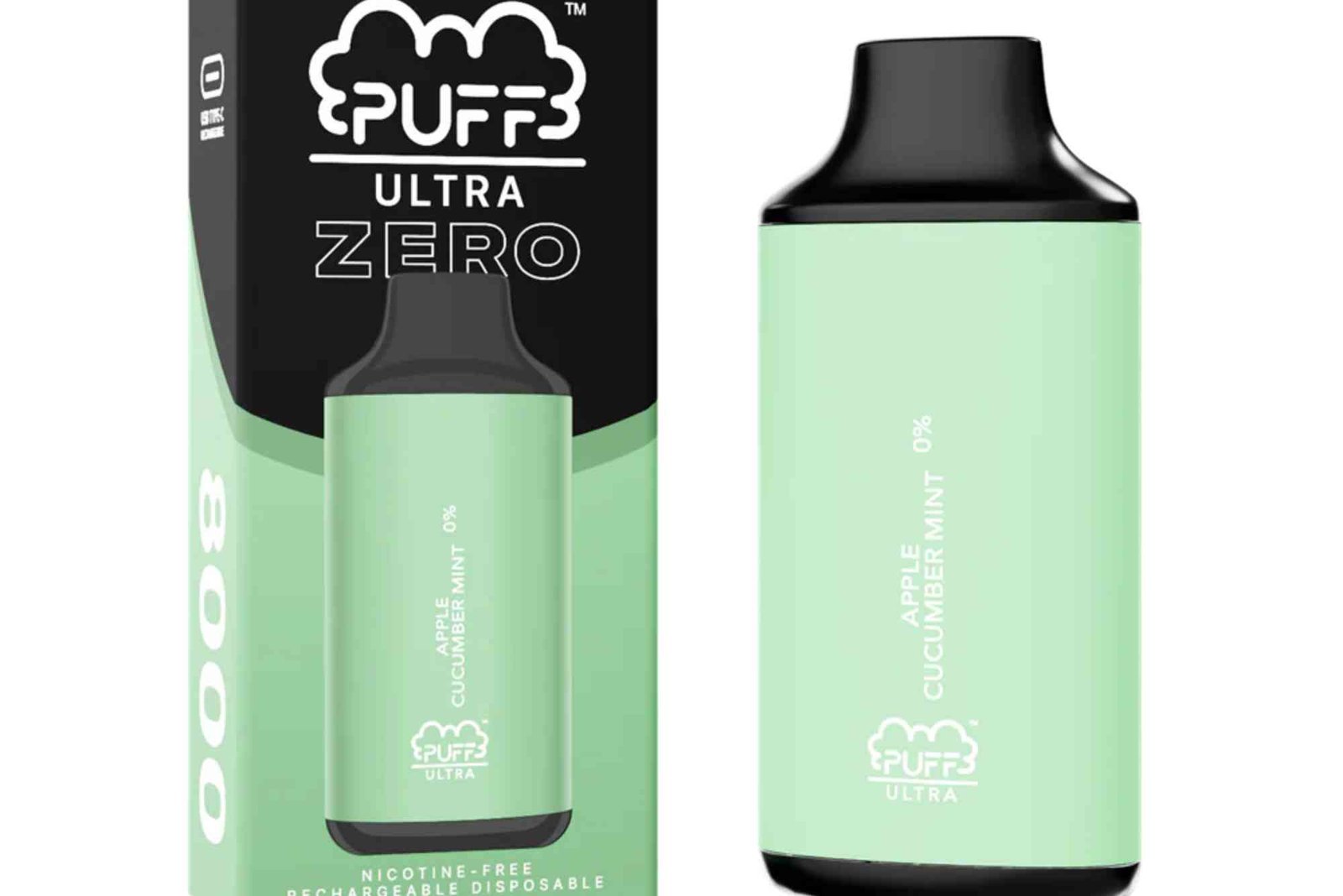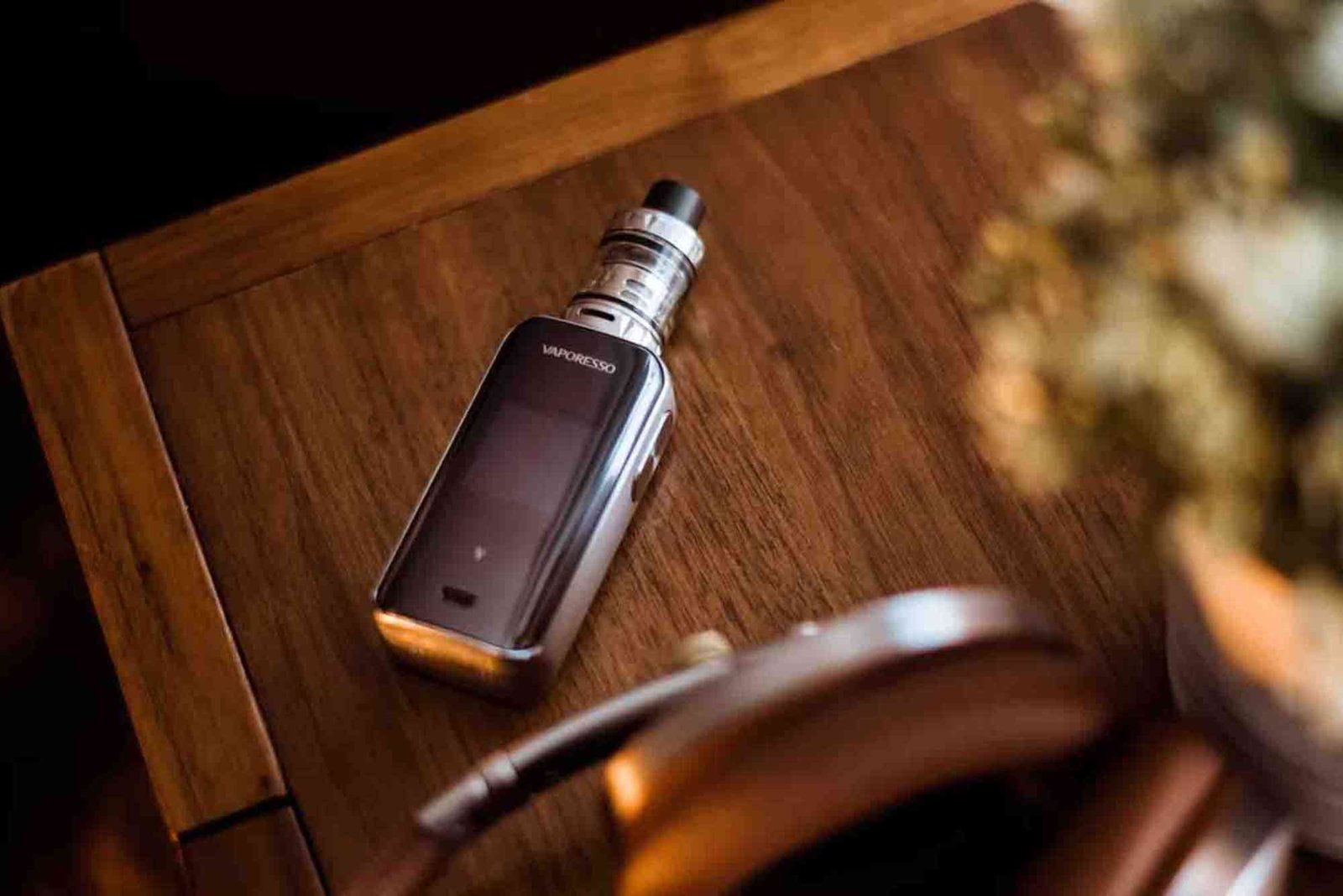Transitioning from Smoking to Vaping: What to Expect
Switching to vaping is a major lifestyle change for smokers looking to quit traditional cigarettes. The journey may come with questions, challenges, and new experiences. If you’re considering making the switch, you’re not alone. Millions of smokers around the world have transitioned to vaping as a less harmful alternative. But what should you expect when switching to vaping?
This comprehensive guide explains the process of switching to vaping, including the physical and mental effects, differences in sensation, tips for a successful transition, and answers to common questions. Whether you’re curious about how your body reacts or how to choose the right vape device.
Why Smokers Are Switching to Vaping
Vaping is often promoted as a less harmful alternative to smoking because it does not involve the combustion of tobacco. When tobacco burns, it releases tar and thousands of harmful chemicals. Vaping, on the other hand, heats a liquid (e-liquid or vape juice) that may contain nicotine but not the same range of toxic substances found in cigarettes.
Many smokers switch to vaping to reduce health risks, avoid secondhand smoke for loved ones, or control their nicotine intake more precisely. Others are motivated by the social acceptability of vaping or the variety of flavors available.
What to Expect Physically When Switching to Vaping
Initial Body Reactions
When you stop smoking and start vaping, your body begins to detoxify from years of smoke inhalation. This process varies from person to person. In the first few days, you may experience symptoms such as a dry mouth, sore throat, coughing, or minor headaches. These side effects are temporary and are often due to the propylene glycol found in many e-liquids, which can be dehydrating.
Changes in Lung Function
One of the most noticeable changes when switching to vaping is improved lung capacity. After quitting smoking, many people report being able to breathe easier and cough less. This is because your lungs are no longer being damaged by tar and smoke. Over time, your respiratory system begins to heal.
Taste and Smell Improvement
Smokers often experience dull senses of taste and smell. Within a few days or weeks of switching to vaping, these senses usually start to return. Foods taste better, and your sensitivity to scents improves significantly.
Nicotine Withdrawal Symptoms
If you switch to a lower nicotine concentration than you were used to while smoking, you may experience nicotine withdrawal symptoms such as irritability, anxiety, or trouble concentrating. However, one of the benefits of vaping is that you can choose a nicotine level that matches your needs, then gradually reduce it over time.
Psychological Effects of Switching to Vaping
Breaking Habits
Smoking is not just a physical addiction—it’s a behavioral one too. You may be used to smoking during certain times of the day, with specific people, or while doing particular activities like driving or drinking coffee. Vaping can help ease these routines by providing a similar hand-to-mouth action and oral fixation.
Dealing with Cravings
Even after switching to vaping, you might still get cravings for cigarettes. This is common during the first few weeks. The key is to keep your vape device handy and use it when a craving strikes. Over time, these cravings usually become less frequent and less intense.
Emotional Adjustments
Many smokers use cigarettes to cope with stress, boredom, or anxiety. When switching to vaping, it’s important to find alternative coping strategies. Some users find that vaping provides enough of a replacement, while others benefit from combining vaping with mindfulness, exercise, or support groups.
How to Make the Switch to Vaping Successfully
Choose the Right Vape Device
For a smooth transition, choose a vape that suits your smoking habits. If you were a heavy smoker, a device with a larger battery and refillable tank might work best. Light or social smokers may prefer smaller pod systems.
Select the Right Nicotine Strength
Nicotine comes in different strengths, usually measured in mg/ml. Start with a level that matches your cigarette use. For example, if you smoked a pack a day, a strength of 12–18mg/ml may be appropriate. You can reduce it gradually as your dependence lessens.
Experiment with Flavors
One of the major advantages of vaping is the wide range of flavors available. From tobacco and menthol to fruit and dessert options, trying new flavors can make the transition more enjoyable. Many ex-smokers find that once they’ve discovered their favorite flavors, they no longer crave the taste of cigarettes.
Stay Consistent
During the early phase of switching to vaping, consistency is key. Use your vape regularly and try not to go back to even one cigarette. Dual use—smoking and vaping at the same time—can make it harder to quit cigarettes completely.
Join a Support Community
Many people find strength in community. Joining online forums or local vape support groups can help you stay motivated and informed. You’ll meet others who have gone through similar struggles and can offer practical tips.
Long-Term Benefits of Switching to Vaping
Switching to vaping offers many long-term advantages. You’ll likely notice better stamina, healthier skin, and improved dental health. Additionally, vaping typically costs less than smoking over time, especially if you invest in a reusable device.
From a health standpoint, research shows that vaping exposes users to significantly fewer harmful chemicals than smoking. While not completely risk-free, vaping is widely considered a harm-reduction strategy. For smokers who find it hard to quit with traditional nicotine replacement therapies, vaping can be a valuable option.
Common Challenges and How to Overcome Them
One challenge is finding the right setup. It may take a few tries to find the device, coil, and e-liquid that feel most satisfying. Another challenge is sticking with vaping even when cravings hit hard. Having a plan, including vaping routines and mental reminders of why you’re quitting, can help.
Some users struggle with dry hits, leaking tanks, or short battery life. These issues are often solved with better quality devices or slight adjustments in technique. Don’t hesitate to ask for advice at a vape shop or online community. Switching to vaping can be a life-changing decision, especially for smokers who’ve struggled to quit using other methods. While the transition has its ups and downs, the physical and psychological benefits are substantial. You’ll breathe easier, regain your senses, and gain more control over your nicotine intake.
Be patient with yourself during the switch. It’s a process, not a race. The right device, the proper nicotine level, and a bit of determination can lead you to a smoke-free lifestyle. Ready to make the switch to vaping? Start your journey today with research, the right device, and the mindset to succeed. A healthier, smoke-free future is within reach.
Frequently Asked Questions
Is switching to vaping really safer than smoking?
Yes. According to numerous health organizations including Public Health England, vaping is significantly less harmful than smoking. It eliminates tar and reduces exposure to harmful chemicals.
Can vaping help me quit smoking completely?
Many former smokers have successfully used vaping as a step-down method to quit. Over time, they reduced nicotine levels and stopped vaping altogether.
How long does it take to adjust to vaping?
Most people need about 1–3 weeks to adjust fully. This includes getting used to the sensation, nicotine absorption, and understanding how to use their vape properly.
Will I gain weight after switching to vaping?
Not necessarily. Unlike quitting cold turkey, vaping maintains your nicotine intake, which can help control appetite and avoid post-smoking weight gain.
What’s the best vape for beginners?
Pod systems are often recommended for beginners because they are simple, portable, and easy to use. Brands like Vaporesso, Caliburn, and Voopoo offer beginner-friendly models.


